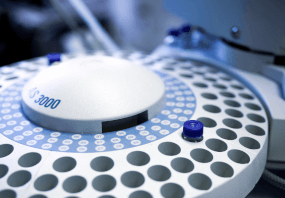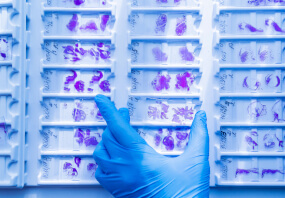General description
Anti-fungal and immunosuppressant. Selectively inhibits the mammalian target of rapamycin (mTOR) and blocks the subsequent activation of p70 S6 kinase (IC50 = 50 pM). Specifically inhibits mTORC1, but mTORC2 that phosphorylates Akt at Ser473 appears to be insensitive to rapamycin. Prevents the translational activation of IGF-II. Also prevents resting T-cells from entering the cell cycle, but does not directly arrest cell cycle progression. Shown to inhibit later signaling events, such as p110Rb phosphorylation, p34cdc2 kinase activation, and cyclin A synthesis. Exhibits strong binding to FK-506 binding proteins. Also reported to induce apoptosis in a murine B-cell line, to inhibit lymphokine-induced cell proliferation at the G1 phase, and to irreversibly arrest Saccharomyces cerevisiae cells in the G1 phase. A 5 mM (500 µg/109 µl) solution of Rapamycin (Cat. No. 553211) in DMSO and a 10 mM (1 mg/109 µl) solution of Rapamycin (Cat. No. 553212) in EtOH is also available.
Selectively inhibits the mammalian target of rapamycin (mTOR) and blocks the subsequent activation of p70 S6 kinase (IC50 = 50 pM). Specifically inhibits mTORC1, but mTORC2 that phosphorylates Akt at Ser473 appears to be insensitive to rapamycin. Prevents the translational activation of IGF-II. Also prevents resting T-cells from entering the cell cycle, but does not directly arrest cell cycle progression. Shown to inhibit later signaling events, such as p110Rb phosphorylation, p34cdc2 kinase activation, and cyclin A synthesis. Exhibits strong binding to FK-506 binding proteins. Also reported to induce apoptosis in a murine B-cell line, to inhibit lymphokine-induced cell proliferation at the G1 phase, and to irreversibly arrest Saccharomyces cerevisiae cells in the G1 phase.
Biochem/physiol Actions
Cell permeable: no
Primary Target
Mammalian target of rapamycin (mTOR)
Product does not compete with ATP.
Reversible: no
Target IC50: 50 pM against p70 S6 kinase
Warning
Toxicity: Standard Handling (A)
Reconstitution
Following reconstitution, aliquot and freeze (-20°C). Stock solutions are stable for up to 3 months at -20°C.
Other Notes
Chen, T., et al. 2011. Aging Cell.10, 908.
Powell, D.J., et al. 2003. Mol. cell Biol.23, 7794.
Braun, W., et al. 1995. FASEB J.9, 63.
Nielsen, F.C., et al. 1995. Nature 377, 358.
Aagaard-Tillery, K.M. and Jelinek, D.F. 1994. Cell. Immunol. 156, 493.
Gottschalk, A.R., et al. 1994. Proc. Natl. Acad. Sci. USA91, 7350.
Morice, W.G., et al. 1993. J. Biol. Chem.268, 3734.
Terada, N., et al. 1993. J. Biol. Chem.268, 12062.
Kuo, J., et al. 1992. Nature 358, 70.
Price, D.J., et al. 1992. Science257, 973.
Heitman, J., et al. 1991. Science253, 905.
Kay, J.E., et al. 1991. Immunology72, 544.
Schreiber, S.L. 1991. Science251, 283.
Bierer, B.E., et al. 1990. Proc. Natl. Acad. Sci. USA87, 9231.
Dumont, F.J., et al. 1990. J. Immunol.144, 251.
Legal Information
CALBIOCHEM is a registered trademark of Merck KGaA, Darmstadt, Germany
- UPC:
- 51303203
- Condition:
- New
- Availability:
- 3-5 Days
- Weight:
- 1.00 Ounces
- HazmatClass:
- No
- MPN:
- 553210-1MG
- CAS:
- 53123-88-9

